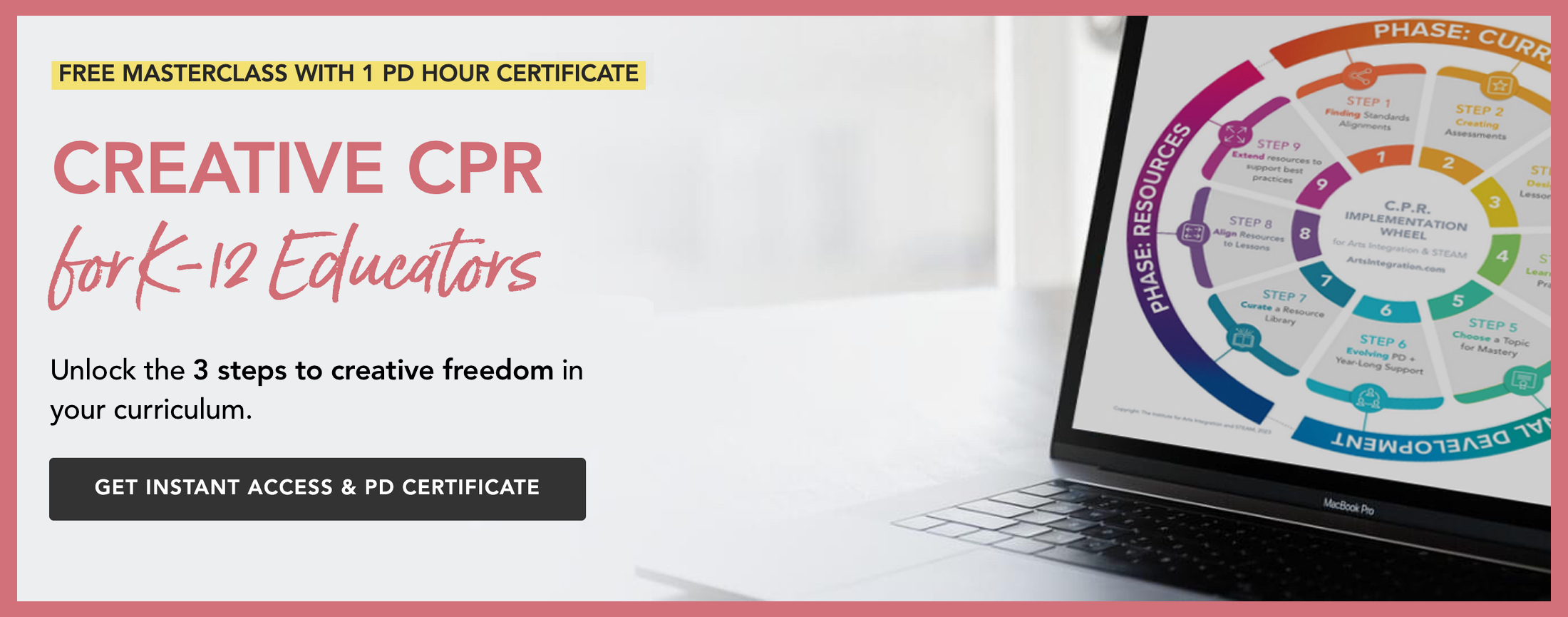What To Do With An Overload of Ideas
4 Min Read • Conferences
Summer is a great time to read, attend conferences, and learn about new overload of ideas to reinvigorate your teaching for the upcoming school year. I just finished a week of personal professional development, working my way through the Designed to STEAM course from EducationCloset, attending the Connectivity Summer conference, and attending a class at our local Apple Store.
I love learning new things in a relaxing environment without balancing it with writing lesson plans and grading assessments. Even though I enjoy learning new teaching techniques and growing my educational “toolbox”, the number of overload of ideas gained can be overwhelming.
The Connectivity conference is wonderful for so many reasons. I go through such a wide range of emotions while participating in the conference. I start out eager to learn about new things I can implement in my classroom. As I watch the presentations, I am constantly pondering how I can use the new ideas with my students and my curriculum. It takes a lot to keep that focus, so I am usually thankful for the brain breaks provided so that I can have a few extra minutes to process.
As the day goes on and I watch more and more amazing educators share an overload of ideas and expertise, I start to go into overload. Sometimes I even start comparing myself to the incredible presenters, thinking, “Will I ever be able to accomplish this level of expertise?” At a traditional conference, this is where I miss out on ideas being presented, but with the Connectivity conference, I can revisit the sessions OnDemand with a positive growth mindset and a fresh focus anytime I wish.
While conferences are inspiring, it is easy to think about something new without actually changing anything. Especially in the summer. I usually have grand plans for what I am going to accomplish during the upcoming school year. I walk into my annual goal-setting meeting with my principal holding a list of everything I am excited to try during the upcoming year.
To make it seem doable, I try to squeeze it all under a single goal. As the year goes on and the reality of day to day teaching sets in, sometimes my grand plans get pushed to the next month, and the month after that, until they either fizzle out or end up on next year’s list. It is helpful to organize these lists of a new overload of ideas or else 1) You will end up overwhelmed and won’t feel as though you met your goal or 2) you won’t grow as an educator because you fell back into your comfort zone due to lack of time and/or energy.
Here’s my 3 step strategy for prioritizing an overload of ideas:
1. Make a list of anything new you’d like to attempt.
This way, not only does it save you from all of your ideas swirling around in your head, but also it gives you a nice list of ideas to go back to if you ever feel uninspired. If you’re in a teaching rut, check out your list, and try something new!
2. Look for commonalities.
Is there anything you can group together naturally? Maybe there are two smaller ideas on your list that you can integrate or merge because of similarities. When you organize your thoughts, integration is always a win-win: it is helpful for the students because they can make connections and go deeper into learning. It is helpful for the teacher because we are addressing multiple standards in a meaningful and effective way. (I don’t suggest pairing two brand new ideas that you are experimenting with, but if it is something new that you feel confident with, a pairing could work.)
Any ideas that don’t pair now might come in handy later in the year. List them at the bottom as random ideas, and keep them in the back of your mind as you’re creating lessons throughout the year.
3. Order your list by priority.
When you organize your thoughts, place one idea at the top of your list that is small and easy to implement. That way you’ll feel accomplished and motivated to try more. Next, list the idea that would help your students the most. Which idea would be most engaging, meet the most standards, and be the most possible to implement? Rank the rest of your ideas following that question.
Maybe an idea would be fun to try, but you’re not sure of its educational value? That might be one to try during a holiday party or during the last few days of the school year. Through that trial, you could determine if it could be amped up and incorporated effectively, or if it should simply stay as a fun activity.
Hopefully, these tips on how to organize ideas help you as you continue your summertime learning to prepare for the upcoming school year. Please share what’s on the top of your list of ideas for your classroom. My list is pretty long, but I’m always looking to add more effective and engaging ideas to it!




